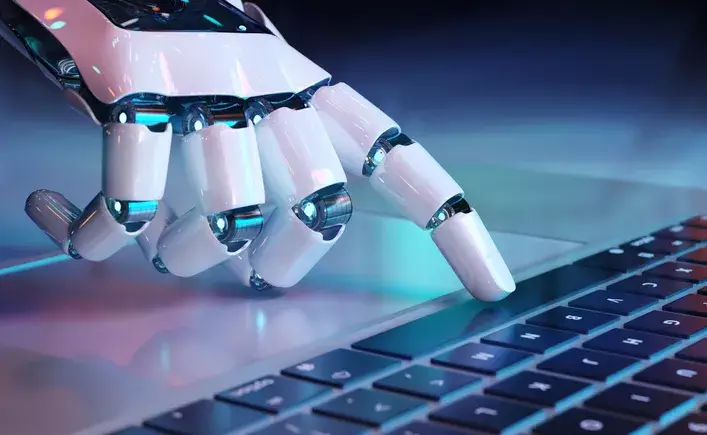In a digital age where technology continuously reshapes creative landscapes, a profound question emerges: who truly owns art produced with Artificial Intelligence (AI)? The recent legal strife involving Stephen Thaler, an AI poetry author, starkly illuminates this murky territory. His unfortunate journey, marked by an attempt to seek damages for the unauthorized reuse of his AI-generated poetry, culminated in a revealing court ruling that crystallizes our understanding of copyright law in the context of AI. However, one must ponder whether current laws are equipped to handle the complex realities presented by this new realm of creativity.
Thaler’s case put forth an audacious challenge against the rigidity of existing copyright frameworks, arguing that they were ill-equipped to adapt to the rapid technological advancement he represented. The court’s unanimous decision—with its authoritative stance on human authorship—suggests an unwavering adherence to traditional definitions that may no longer be suitable in our evolving context. Judge Patricia Millett’s assertion that copyright law is fundamentally predicated on human authorship is indeed reflective of an outdated paradigm, which leaves creators tethered to old-world constraints even as their mediums evolve.
The Implications of AI-Generated Work
The court’s ruling delineates a clear boundary: creations birthed strictly from AI algorithms lack the legal protection afforded to human-made works. This assertion is rooted in the premise that non-human entities do not possess life, consciousness, or the ability to claim ownership in a legal sense. Consequently, AI artists—those who develop art through algorithms—find themselves in an intellectual limbo. They can utilize AI as a tool, but if they merely input prompts and manipulate outcomes without substantial human creative intervention, they might find their creations vulnerable and unprotected under the current laws.
This predicament poses significant implications for artists, designers, and developers engaging with this burgeoning technology. The promise of creativity and innovation in partnership with AI risks being diminished if individuals cannot legally claim ownership of the outputs. This situation not only casts a shadow over artistic integrity but raises ethical questions as to the value of human agency within the creative process.
The Future of Copyright and AI in Art
The debate becomes even more salient when considering the potential future of copyright law. As AI technology continues to interweave itself within the frameworks of artistic creation—from films and music to visual arts—one must question whether the legal system will adapt accordingly or maintain its entrenched positions. Current rulings indicate a resistance toward acknowledging AI as an author, a stance that may prove untenable as reliance on such technology intensifies in Hollywood and beyond.
Despite the court’s resistance to reclassifying copyright definitions, the prevailing reality is that AI will likely continue its ascent across various domains of creativity. The prospect of Hollywood studios increasingly leaning on AI for content generation cannot be ignored, and those entrenched interests may eventually catalyze a reevaluation of existing legislation. The growing footprint of AI-generated content in popular culture may ultimately necessitate a significant shift in the way we understand artistic authorship and intellectual property.
The Artist’s Dilemma
For creators utilizing AI as a tool for artistic expression, grappling with questions of ownership becomes increasingly critical. It is a disheartening dilemma if an artist pours their creativity, effort, and distinct vision into AI-generated outputs only to discover they hold no formal claim over their works. This scenario raises anxiety not only regarding individual ownership but also about the broader implications for the artistic community. The potential for anyone to repurpose such work without attribution could lead to exploitative practices, further complicating the landscape of artistic rights.
The unpredictability of the copyright framework poses challenges for artists hoping to navigate this space responsibly. Can an artist truly harness the potential of AI if their creations lack the legal grounding to protect against theft or uncredited reuse? As the law stands, it appears that until significant changes are made, artists engaging with AI tools must tread carefully through a complex labyrinth of creativity without guarantees of ownership or credit.
Ultimately, as artists find new ways to collaborate with emergent technologies, they must advocate for their rights while fostering conversations surrounding the urgent need for reform in the realm of copyright law. The future of art, innovation, and ownership hangs delicately in the balance—a dynamic evolution that will require careful navigation.

